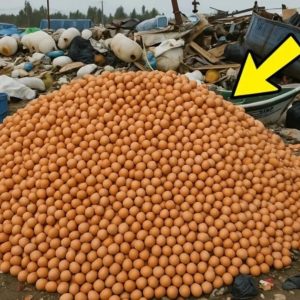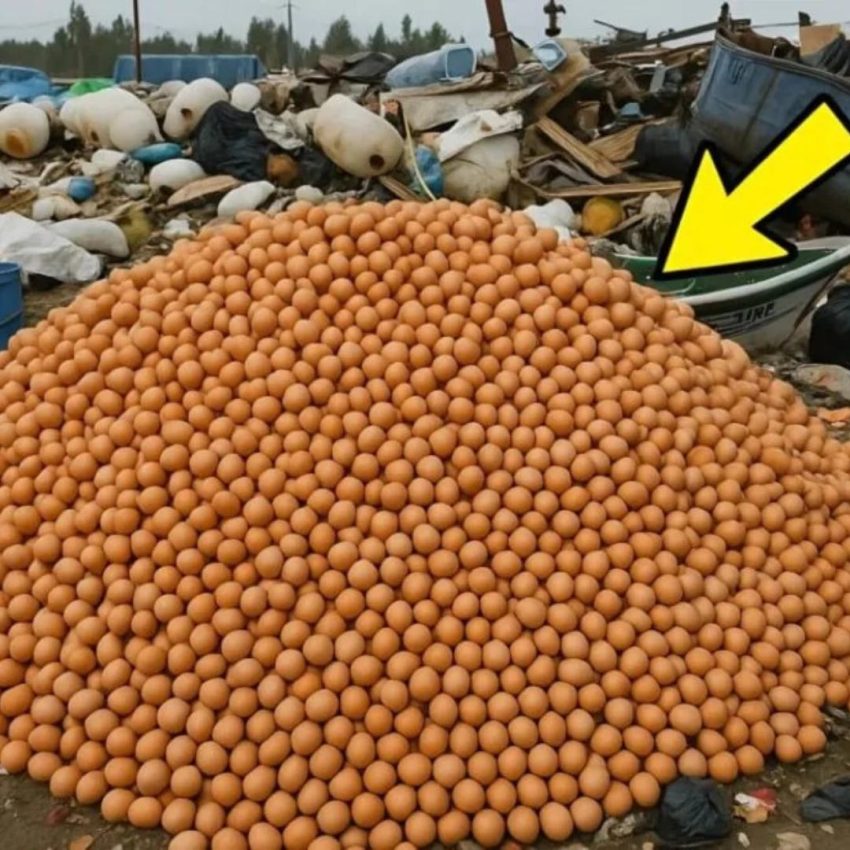After the first discovery of the chickens in the trash, things changed quickly. What had once been a small environmental problem became a citywide event. By the conclusion of that first day, news crews from the area had set up cameras close to the scene. Helicopters went over to get aerial shots, which showed little, scattered yellow fluff balls moving among piles of trash. The media hadn’t been this interested in the city since the last mayoral controversy.
Veterinarians were some of the first experts to arrive. They looked at a handful of the chicks on the spot and confirmed what people had thought: they were healthy, viable hatchlings—alert, responsive, and strong. They were only a day or two old at most. This timeline simply added to the intrigue. How might fertilized eggs live for three months without an incubator, decay, and be ignored, and then hatch almost perfectly at the same time?
Experts in the environment started looking at temperature logs from the landfill. During the late spring, the breakdown of organic waste led the internal temperature in some parts of the dump to rise considerably, reaching levels similar to those of a simple incubator. This, along with the high humidity from the spring rains and the fact that the rubbish pile acts as an insulator, may have accidentally made a good place for birds to nest. Even so, this kind of thing would be very rare.

City officials blocked off the area to keep the chicks and the public safe. Scientists and caretakers may securely get to the hatching zone without bothering it by using makeshift wooden walkways. Volunteers collaborated with local animal rescue groups to gather the chicks and move them safely. They were each given a numbered tag to keep track of them, and a temporary shelter was set up in a city greenhouse. The greenhouse quickly transformed into an unplanned nursery.
In the weeks that followed, a revolving group of scientists, veterinary students, and volunteers watched after and took care of the chicks, which numbered about 900. They were in unusually terrific health. Only a few small abnormalities and no significant illnesses were present, and most of them quickly adapted to regular feeding schedules. The city started letting people apply to adopt the chicks, and hundreds of people from all across the area sent in applications.
Some people adopted the birds because of what they stood for. An elderly teacher who took in three chicks told reporters, “They made it through what no one thought they could.” Maybe we can all get over what we’re going through if they can get out of a landfill. Some others thought the occurrence had a spiritual meaning. People online shared stories of how they got lucky after taking home a “landfill chick.” They got jobs, got better from ailments, and fixed broken relationships. The belief spread, whether it was true or not.
People gave the birds several names, like “Phoenix Chicks,” “Miracle Flock,” and even “Dumpster Darlings.” Some local artists started making paintings and sculptures based on the event. A painting in the city square shows a chick breaking free from an eggshell on top of a pile of old electronics and tires. This is a sign of vitality in the midst of death.
The landfill caretaker, who was at the center of it all, became an odd celebrity. He got interviews, appearances on talk shows, and even a chance to write a children’s book. He claimed in one interview, “I’ve seen many weird things out there.” But this? This was different. It seemed as if the ground was saying, “Not done yet.”
The story also got people talking more about food waste in general. Advocacy groups exploited the media coverage to call for better methods and tougher rules for egg delivery. During a demonstration, a protester asked, “How many more eggs end up in a landfill across the country?”
But out of all the science, symbolism, and show, the most powerful image might have been this: little yellow chicks that were born from broken, thrown-away eggs and are now doing well in backyards, school farms, and gardens for the elderly all around the city. They became a part of everyday life, pecking at the ground, hunting bugs, or dozing in the sun.
These weren’t just birds. They made it through. This shows that even in areas made for people who are forgotten, something can happen that people will always remember.
